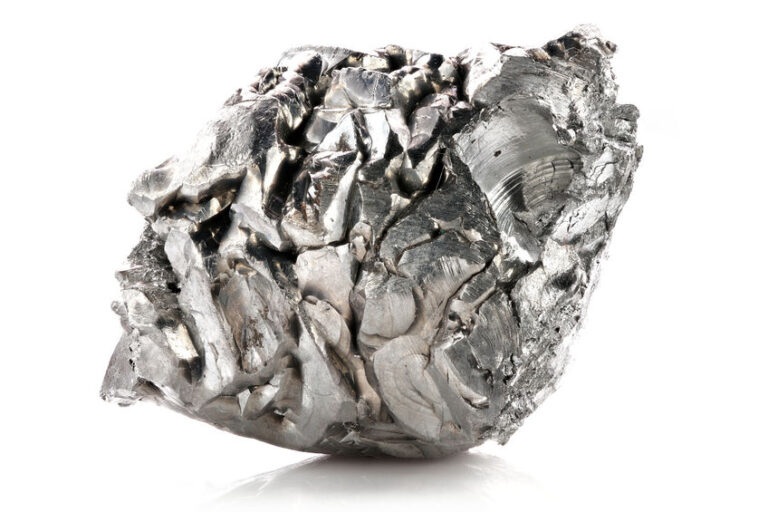
Hafnium, first discovered in 1923, is a lustrous, silvery-gray transition metal rarely found free in nature. It was the next-to-last element with stable nuclei to be added to the periodic table. How did it get its name? Hafnium comes from the Latin word for Copenhagen, which is hafnia.
Hafnium Applications
Today hafnium is used in several applications, including the making of super alloys, as well as in electronics, ceramics, light bulbs, and even in the nuclear power industry. For example, hafnium is used to make control rods for nuclear reactors. Present in most zirconium minerals, hafnium is actually chemically similar to zirconium. When zirconium is refined, hafnium is a byproduct that can then be used for various purposes.
An Abundant Industrial Metal
Does hafnium rank in the Top 50 of abundant elements on Earth? Yes. It comes in at number 45. And why do humans use it? Well, it’s resistant to corrosion, and unaffected by water, air and all alkalis and acids except for hydrogen fluoride, so it has valuable properties.
The Highest Melting Point of Two-Element Compounds
When it comes to known two-element compounds, hafnium carbide has the highest melting point of any of them! Want to guess the melting point? If you said around 7,000 degrees Fahrenheit, you’re right. Common hafnium compounds include hafnium dioxide, hafnium hydroxide, and hafnium boride.
If you want to look up hafnium on the periodic table, the symbol is Hf and it’s in group IVB. The atomic number is 72. And the atomic weight is 178.49.
Which countries produce the most hafnium these days? That would be France, the USA, Russia and Ukraine.
When stored, hafnium needs to be in a cool, ventilated place, kept away from fire and/or heat sources. Some compounds of hafnium are toxic and could cause health problems. Therefore, handling facilities need to make sure they have good ventilation and that dust is removed from the air.
Eagle Alloys offers hafnium in various forms; check out our hafnium page, here:






